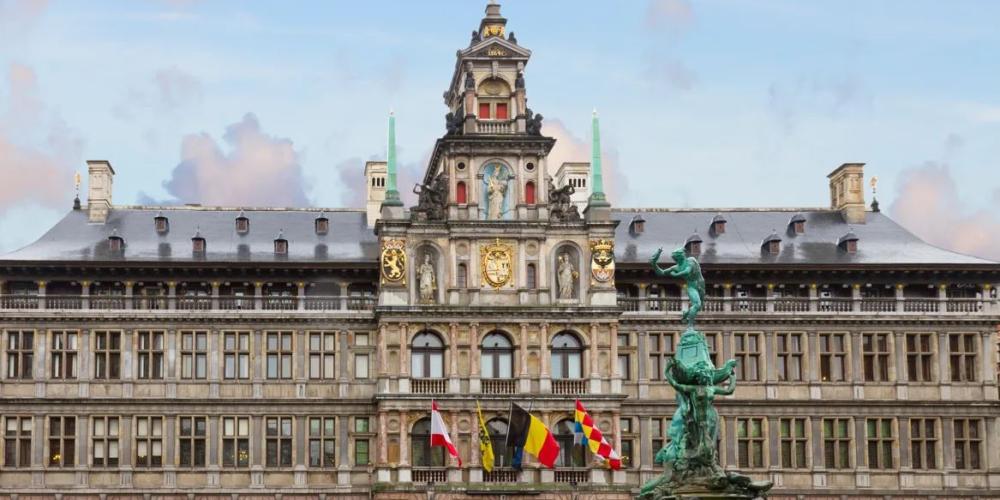
VUB research shows that while traders ruled in other commercial cities, the nobility was in charge in Antwerp
For her doctoral research at the Vrije Universiteit Brussel/UAntwerp, Dr Janna Everaert investigated the composition of the city council before and during Antwerp’s Golden Age. She found that three-quarters of the council consisted of noblemen, which is remarkable. Everaert: “While in other similar trade metropolises the city council was increasingly populated by merchants, in Antwerp more and more knights, lords and squires took over the daily management of the city.”
In its Golden Age (ca. 1490-1560) Antwerp gradually replaced Bruges as commercial hub of Western Europe. Antwerp grew from a medium-sized town in Brabant into the undisputed metropolis of the Low Countries. The city became the second largest city north of the Alps: approximately 10,000 people lived there in 1400; around the middle of the 16th century there were no fewer than 100,000.
Until now, historians have been particularly interested in the city’s demographic and economic growth. Much less attention has been paid to the impact of this on the city council and who exactly was in it. Nevertheless, Antwerp is an interesting and exceptional case. In comparable trade metropolises – such as 15th-century Bruges, 16th-century Lyon or 17th-century Amsterdam – the city council tended to be populated by men involved in trade directly (traders) or indirectly (brokers and hoteliers). This was not the case in Antwerp.
In her doctoral research, led by Prof Anne Winter of the VUB research group HOST, Prof Peter Stabel of the Centre for Urban History (UAntwerp) and Prof Frederik Buylaert (UGent), Everaert reconstructed who was an alderman or mayor in the Antwerp city council between 1400 and 1550. She did this on the basis of registers of aldermen, the 16th-century book of aldermen, genealogical sources and epitaphs. On the basis of this source research, Everaert concluded that traders were part of the Antwerp city council, but that their number was very limited. The number of noble aldermen and mayors, on the other hand, increased over time.
Everaert: “Already in the early 15th century there were a number of knights and noblemen in the city council, but their number increased spectacularly when Antwerp took over the role of trading centre from Bruges. From that moment, about three-quarters of the seats in the city council were taken by members of noble families. In no other city in the Low Countries were so many noblemen in the city council. One of the explanations for this is the economic growth of Antwerp. This attracted not only traders and craftsmen, but also noblemen, as they could enjoy a wide range of luxury goods in the city. A number of these noblemen also began to take part in urban politics. At the same time, economic growth also created opportunities for ordinary citizens to join the nobility. Their increased prosperity ensured that they became interesting marriage partners for the nobility and that the political families who were able to climb up to the nobility could also afford the associated expensive lifestyle.”
The doctorate “Power in the Metropolis. Political elite formation during the demographic and economic bloom of Antwerp (ca. 1400-1550)” was financed by the IUAP project “City and Society in the Low Countries (1200-1850)” and the SRP programme “The Cradle of Modernity? Social Dynamics in the Cities of Brabant and Flanders in a Comparative and Long-Term Perspective, 1350-1914”.